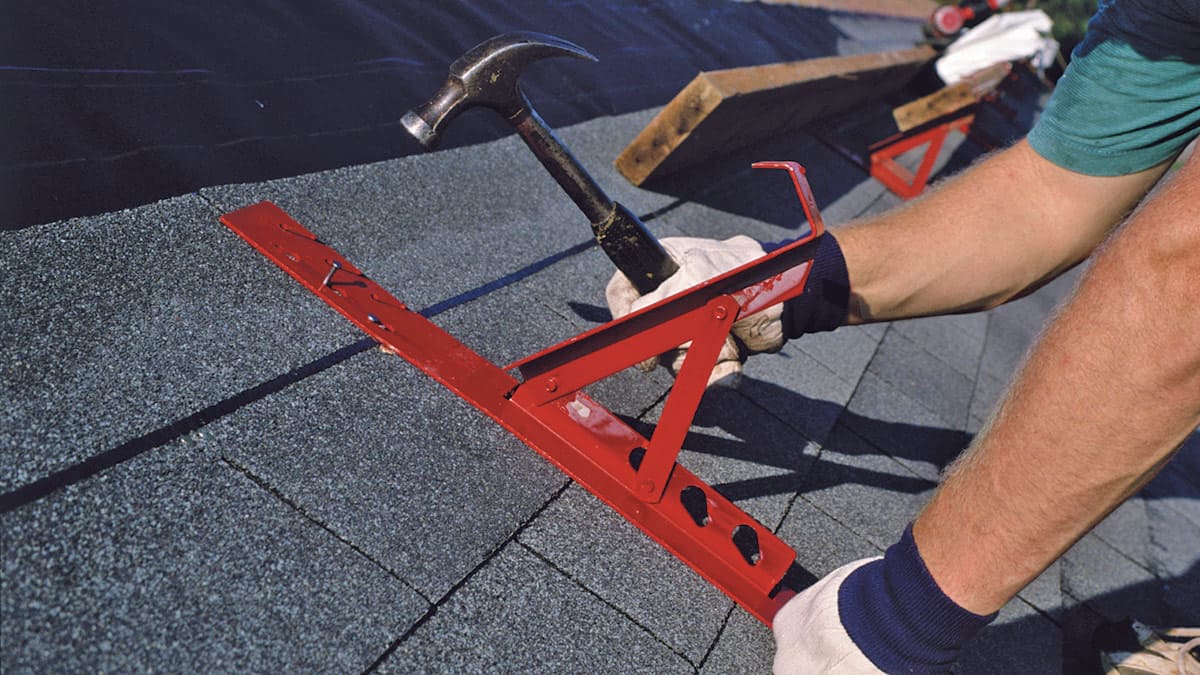Introduction
Roof jacks are essential components in any roofing system, providing support and stability for various roof structures and installations. They play a crucial role in ensuring the longevity and safety of your roof by providing a secure anchor point for materials and workers. Understanding the different types of roof jacks and their specific applications can help homeowners and contractors choose the right one for their roofing needs. This article explores the various types of roof jacks, their uses, and factors to consider when selecting the best option for your roof.
Types of Roof Jacks
1. Standard Roof Jacks
Standard roof jacks, also known as roofing brackets or roof scaffolding, are used to create a flat, secure surface for workers to stand on while working on sloped roofs. These jacks are typically adjustable and can be attached to the roof with nails or screws. They provide a stable platform for workers, ensuring safety and efficiency during roofing projects.
Applications:
- Installing or repairing shingles
- Painting or cleaning roof surfaces
- General maintenance tasks
Benefits:
- Adjustable height for versatility
- Easy to install and remove
- Provides a safe working platform
Considerations:
- Requires proper attachment to prevent accidents
- May need multiple jacks for larger areas
2. Pipe Flashing Roof Jacks
Pipe flashing roof jacks are specifically designed to seal around roof penetrations such as vent pipes, chimneys, and flues. These jacks are made of metal or rubber and are used to prevent water from leaking into the roof around these openings. Proper installation of pipe flashing roof jacks is crucial to maintain the integrity of the roofing system and prevent water damage.
Applications:
- Sealing vent pipes and chimneys
- Weatherproofing roof penetrations
Benefits:
- Effective waterproofing solution
- Durable and long-lasting
- Available in various sizes to fit different pipe diameters
Considerations:
- Must be correctly sized for the pipe
- Regular inspection required to ensure effectiveness
3. Ventilated Roof Jacks
Ventilated roof jacks, also known as roof vents or vent stacks, are used to allow air circulation in the attic or roof space. These jacks help regulate temperature and moisture levels, preventing issues such as mold growth, ice dams, and excessive heat buildup. Proper ventilation is essential for maintaining the overall health of the roofing system and improving energy efficiency in the home.
Applications:
- Enhancing attic ventilation
- Preventing moisture and heat buildup
Benefits:
- Improves air circulation
- Reduces risk of mold and mildew
- Enhances energy efficiency
Considerations:
- Placement is critical for optimal airflow
- May require additional vents for larger roofs
4. Gas Vent Roof Jacks
Gas vent roof jacks are designed to vent exhaust gases from heating systems, such as furnaces and water heaters, safely out of the home. These jacks are typically made of metal and are installed with a cap to prevent rainwater and debris from entering the vent. Proper installation of gas vent roof jacks is crucial for ensuring the safe operation of gas appliances and preventing dangerous gas buildup inside the home.
Applications:
- Venting exhaust gases from heating systems
Benefits:
- Ensures safe gas venting
- Prevents rainwater and debris entry
- Durable and weather-resistant
Considerations:
- Must be installed according to building codes
- Regular maintenance and inspection required
Choosing the Right Roof Jack
When selecting a roof jack, several factors should be considere to ensure you choose the right one for your specific needs:
- Roof Type and Slope:
- The type of roof (e.g., shingle, metal, tile) and its slope can influence the type of roof jack needed. For steep slopes, standard roof jacks with adjustable brackets may be necessary, while flatter roofs may require different types.
- Purpose:
- Determine the primary purpose of the roof jack. Are you looking for a safe platform for workers, sealing roof penetrations, or improving ventilation? Understanding the specific need will guide you in choosing the right type.
- Material:
- Roof jacks come in various materials, including metal, rubber, and plastic. Consider the durability and weather resistance of the material, especially in harsh climates.
- Installation and Maintenance:
- Some roof jacks are easier to install and maintain than others. Consider the complexity of installation and the frequency of maintenance required.
- Building Codes and Regulations:
- Ensure that the roof jack you choose complies with local building codes and regulations. This is especially important for gas vent roof jacks, which must meet safety standards.
Conclusion
Roof jacks are vital components that enhance the safety, functionality, and longevity of your roofing system. By understanding the different types of roof jacks and their specific applications, homeowners and contractors can make informed decisions that best suit their roofing needs. Whether it’s providing a secure platform for workers, sealing roof penetrations, or improving ventilation, the right roof jack can significantly impact the overall performance and durability of your roof. Always consider factors such as roof type, purpose, material, installation, and compliance with building codes when selecting the ideal roof jack for your project. With the right choice, you can ensure a safe, efficient, and long-lasting roofing solution.

